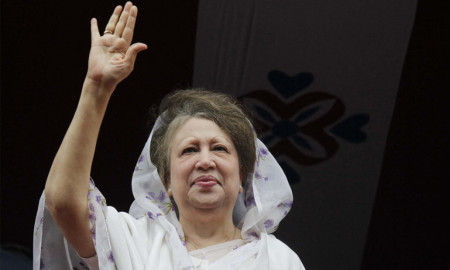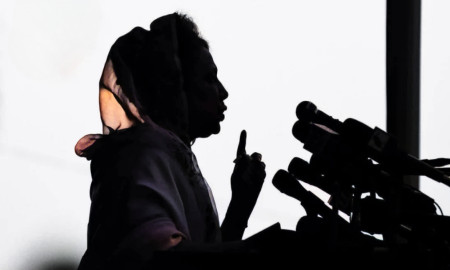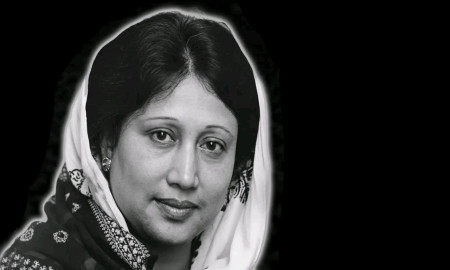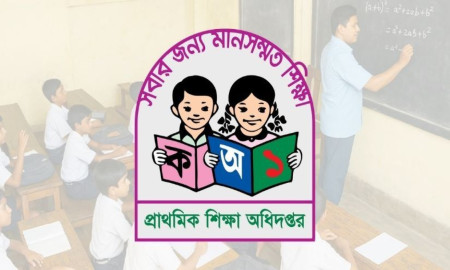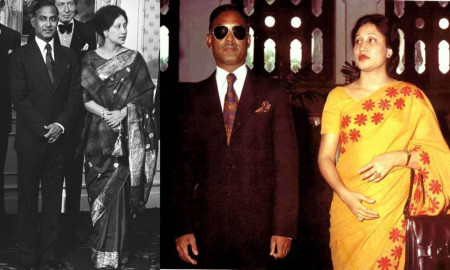Nagasaki Mayor Warns of Nuclear War on 80th A-Bomb Anniversary
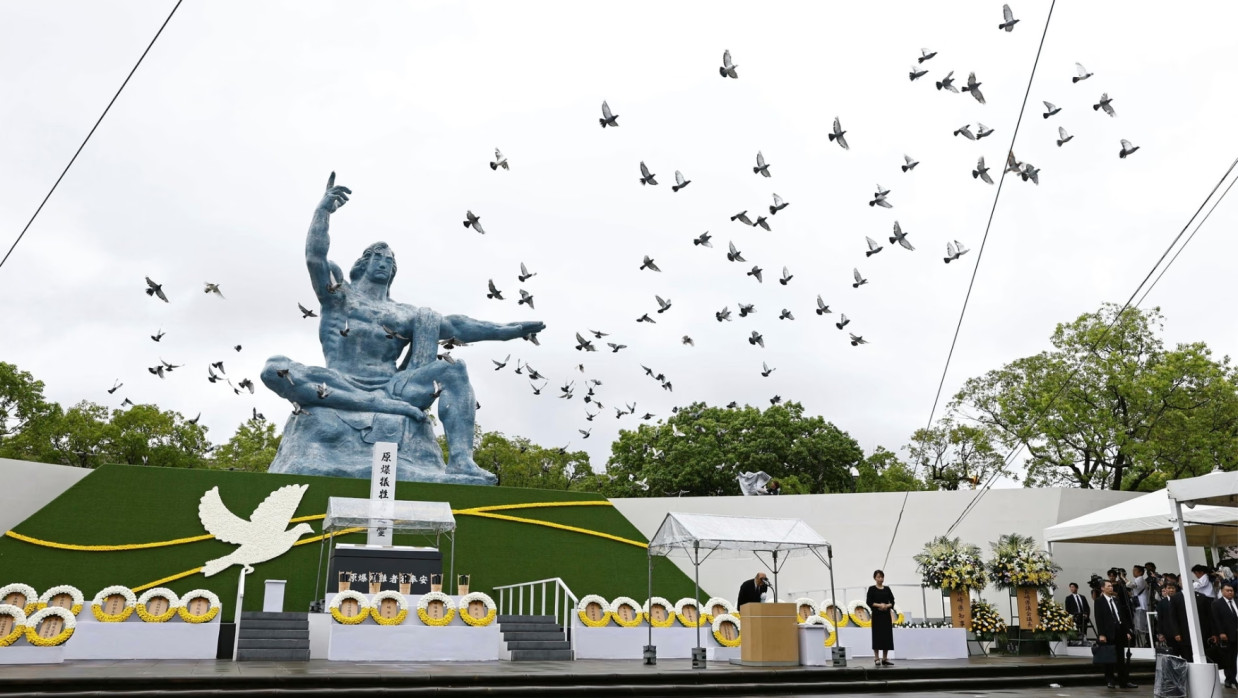
Nagasaki solemnly commemorated the 80th anniversary of the US atomic bombing on Saturday, with thousands gathering to honor victims and survivors, as the city’s mayor warned of the growing risk of nuclear conflict amid global tensions.
On August 9, 1945, at 11:02 am, the United States dropped a 10,000-pound plutonium-239 bomb, “Fat Man,” on Nagasaki, instantly killing about 27,000 of the city’s estimated 200,000 residents. By the end of 1945, the death toll from acute radiation exposure reached approximately 70,000. The attack followed the bombing of Hiroshima three days earlier, leading to Japan’s surrender on August 15, ending World War II.
At the Nagasaki Peace Memorial Park, an estimated 2,700 people, including representatives from 95 countries such as the United States, Russia, and Israel, observed a moment of silence at 11:02 am. Mayor Shiro Suzuki urged world leaders to adhere to the UN Charter and chart a clear path to abolish nuclear weapons, stating, “This is a crisis of human survival closing in on each and every one of us.” He cited a survivor’s account: “Around me were people whose eyeballs had popped out... Bodies were strewn about like stones,” emphasizing the need for a “global citizen” perspective to foster mutual understanding.
For the first time since 1945, twin bells at the rebuilt Urakami Cathedral rang together, following the restoration of a second bell, funded by US Catholics and spearheaded by James Nolan, whose grandfather worked on the Manhattan Project. The cathedral’s chief priest, Kenichi Yamamura, called the restoration a symbol of humanity’s capacity to “repair and rebuild” for peace.
Survivors, known as hibakusha, continue to face radiation-related illnesses and social discrimination. With their numbers now below 99,130 and an average age of 86, their stories drive advocacy for a nuclear-free world, led by Nobel Peace Prize-winning Nihon Hidankyo. Teruko Yokoyama, an 83-year-old survivor, stressed the need to digitize survivors’ narratives for future generations, saying, “We must keep records of the atomic bombing damages and their lifetime story.”
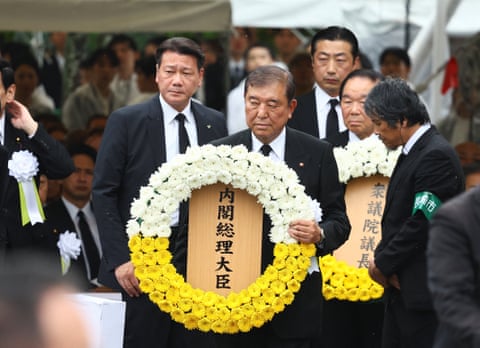
Prime Minister Shigeru Ishiba reiterated Japan’s commitment to a nuclear-free world but did not address the country’s refusal to sign the UN Treaty on the Prohibition of Nuclear Weapons, citing reliance on US nuclear deterrence.
Daiji Kawanaka, a 14-year-old from Osaka, told Reuters, “I truly believe a tragedy like this must never be repeated,” reflecting growing youth engagement in peace discussions.
The ceremony saw Russia’s attendance, absent since 2022 due to its invasion of Ukraine, and Israel’s participation, controversial last year over Gaza. China, however, did not attend without stating a reason.


